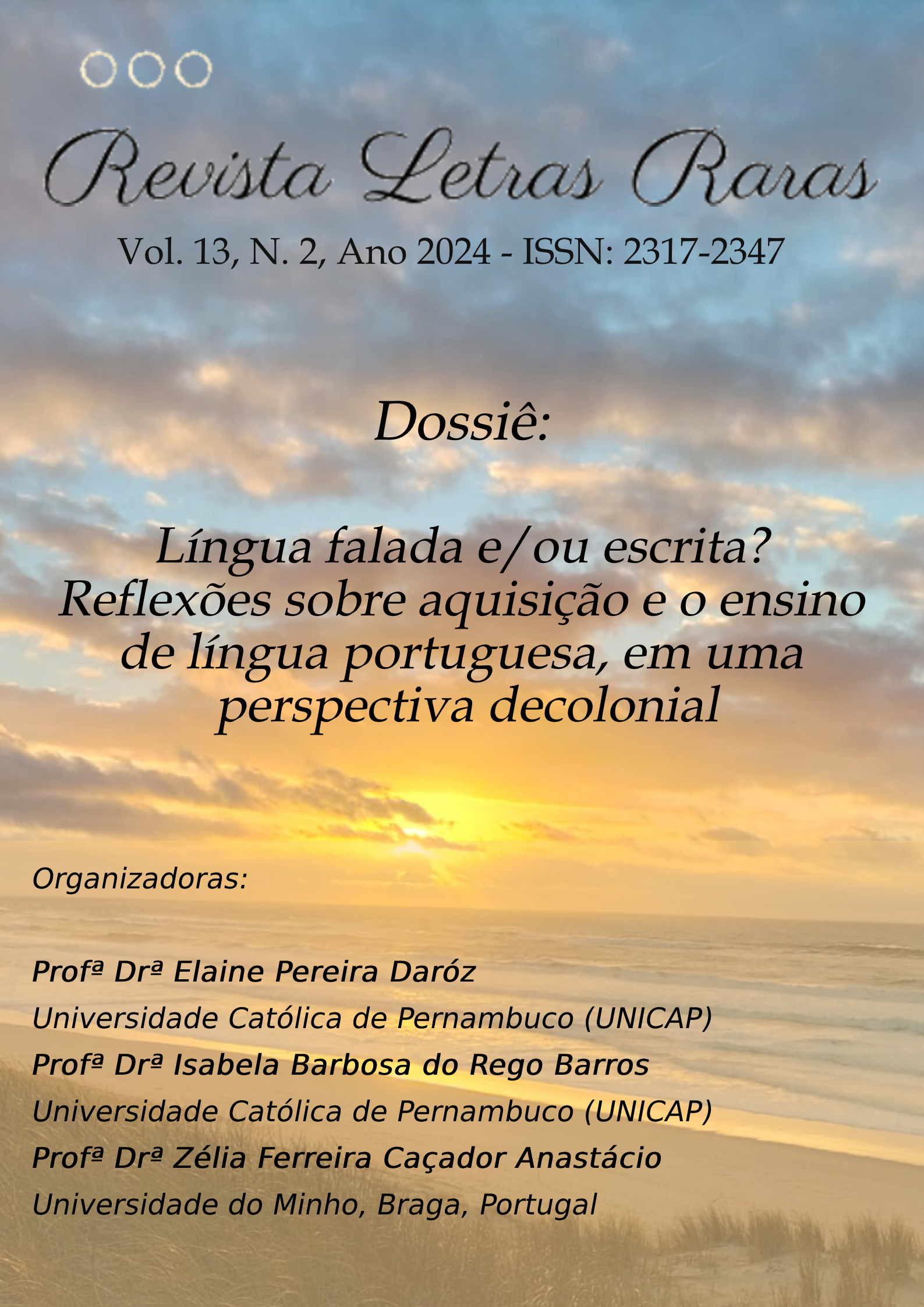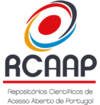Writing in Autism as a Possibility of Enunciation
DOI:
https://doi.org/10.5281/zenodo.11359031Palabras clave:
Autism;, Enunciation;, Teaching;, Language;, Subjectivity.Resumen
In the educational environment, students with autism often present difficulties in participating in group activities, isolation, immature language and fixation on specific themes. It is important to highlight that students with autism have difficulty, or do not understand, metaphors and other forms of non-literal language. Our objective is to analyze the enunciative movements present in a narrative written by an autistic student, confirming the subject's slip in language. To reflect on the subject's relationship with written language, we use as a theoretical reference the concepts of enunciative linguistics by researcher Émile Benveniste (1902-1976), who defines enunciation as the individual act of putting language into operation and configures specific marks of the subject in language. A student diagnosed with autism, 14 years old, without comorbidity, enrolled in the eighth year of Elementary School II at a private school, participated in this study, who is monitored in the Specialized Educational Service room, in the city of Cabo de Santo Agostinho, Pernambuco . The analysis of the written narrative showed that the student presents enunciative movements indicative of the unique handling of written language, marking his subjectivity in the language.
Descargas
Citas
AMERICAN PSYCHIATRIC ASSOCIATION - APA. Diagnostic and statistical manual of mental disorders: DSM-5. Porto Alegre: Artmed, 2014.
ASSUMPÇÃO JR., Francisco Baptista. (Org.). Invasive Disorders of Child Development. São Paulo: Lemos Editorial, 1997.
BENVENISTE, É. Problems of general linguistics I. 5th ed. Maria da Glória Novak and Maria Luisa Neri. Campinas, SP: Pontes, 2005.
BENVENISTE, É. Problems of general linguistics II. 2nd ed. Eduardo Guimarães et al. Campinas, SP: Pontes, 2006.
BERNARDINO, Leda Mariza Fischer. The importance of writing in the autism clinic. Review USP. 2015.
BIALER. M. The voice in autism: an analysis based on autobiographies. Estilos clin., São Paulo, v. 22, n. 2, May/Aug. 2015.
BERNARDINO, L. M. F. What psychoanalysis can teach about the child, subject in constitution. São Paulo: Escuta, 20CAVALCANTI, Ana Elizabeth; ROCHA, Paulina Schmidtbauer. Autism: construction and deconstructions, São Paulo: Psychologist's house,, 2001
BASTOS, M. B. Incidences of educating on treating: challenges for the psychoanalytic clinic of infantile psychosis and autism. 2012. Thesis - University of São Paulo, São Paulo, 2012.
ENDRUWEIT, Magali Lopes. Analysis of Written Enunciation. Proceedings of the International Seminar on Text, Enunciation and Discourse (SITED). Porto Alegre, 2004.
FERRARI, Pierre. Autism in children: what it is and how to treat it. Trad. Marcelo Dias Almada. São Paulo: Paulinas, 2007.
FERNANDES, Fernanda Dreux Miranda; PASTORELLO, Lucila Maria; SCHEUER, Claudia Inês. Speech therapy in childhood psychiatric disorders. São Paulo: Lovise, 1995.
FERNANDES, Fernanda Dreux Miranda. Childhood autism: rethinking the speech therapy approach - functional aspects of communication. São Paulo: Lovise, 1996.
JERUSALINSKY, A. N. A psicanálise do Autismo 2 ed.- São Paulo: Instituto Langage, 2012.
KNACK, Carolina. Text and enunciation: written modalities as instances of investigation. 2012. 189f. Dissertation (Master's in Language Studies). Federal University of Rio Grande do Sul, Porto Alegre, 2012.
KANNER, Leo. Child psychiatry. Buenos Aires: Paidos e Psique, 1966
MALEVAL, J.C. The autistic and their voice. São Paulo: Blucher, 2017.
MINAYO, M. C. S. Science, Technique and Art: The Challenge of Social Research. In: DESLANDES, S.F. Social Research: theory, method and creativity. 21. Ed Petrópolis, RJ: Vozes, 2001.
MILMANN, E. The fundamental role of writing in inclusive education. IN: KUPFER, M. C. M; PATTO, M. H. S; VOLTOLINI, R. (Org.) Práticas Inclusivas em escolas transformadoras: acolhendo o aluno sujeito. São Paulo: Escuta: FAPESP, 2017, P. 91-108.
MATOS, CM. Non-literal language comprehension in children with Autism Spectrum Disorders. Supervisor: Professor Maria Armanda Costa. 2012. 156 f. Master's dissertation (Master in Cognitive Science) - University of Lisbon, Lisbon, 2012.
NEY, T.; HUBNER, L. C. Oral and written language in autism - ASD: theoretical and pedagogical perspectives. The Specialist 2022.
RODRIGUES, E. A., AGUSTINI, C., & ARAÚJO, Érica D. de. (2022). Émile Benveniste's theorization on writing: (from) the point of view of social life. Fragmentum, 2020
SILVA, Carmem Luci da Costa. The child in language: enunciation and acquisition. Campinas, SP: Pontes Editores, 2009.
SILVA, Ana Beatriz B, (et al). Singular World: Understanding Autism. Rio de Janeiro: Objetiva, 2012.
TOLDO, C. The text: unit of meaning in language work at school. Cadernos de Linguística,2021
WALENSKI, M.; TAGER-FLUSBERG, H.; ULLMAN, M. T. Language in autism. In MOLDIN, S. O.; RUBENSTEIN, J. L. R. (eds.). Understanding autism: from basic neuroscience to treatment, p. 175-203. London: Taylor & Francis Books, 2006.
Descargas
Publicado
Cómo citar
Número
Sección
Licencia
Derechos de autor 2024 Revista Letras Raras

Esta obra está bajo una licencia internacional Creative Commons Atribución-NoComercial 4.0.








